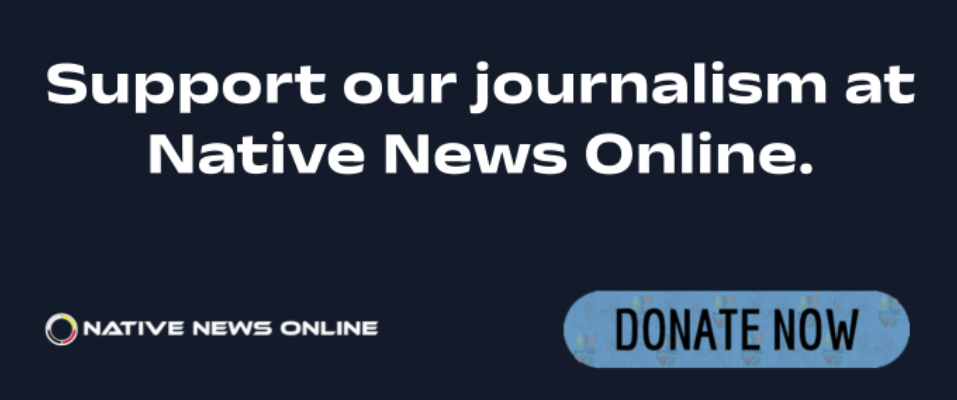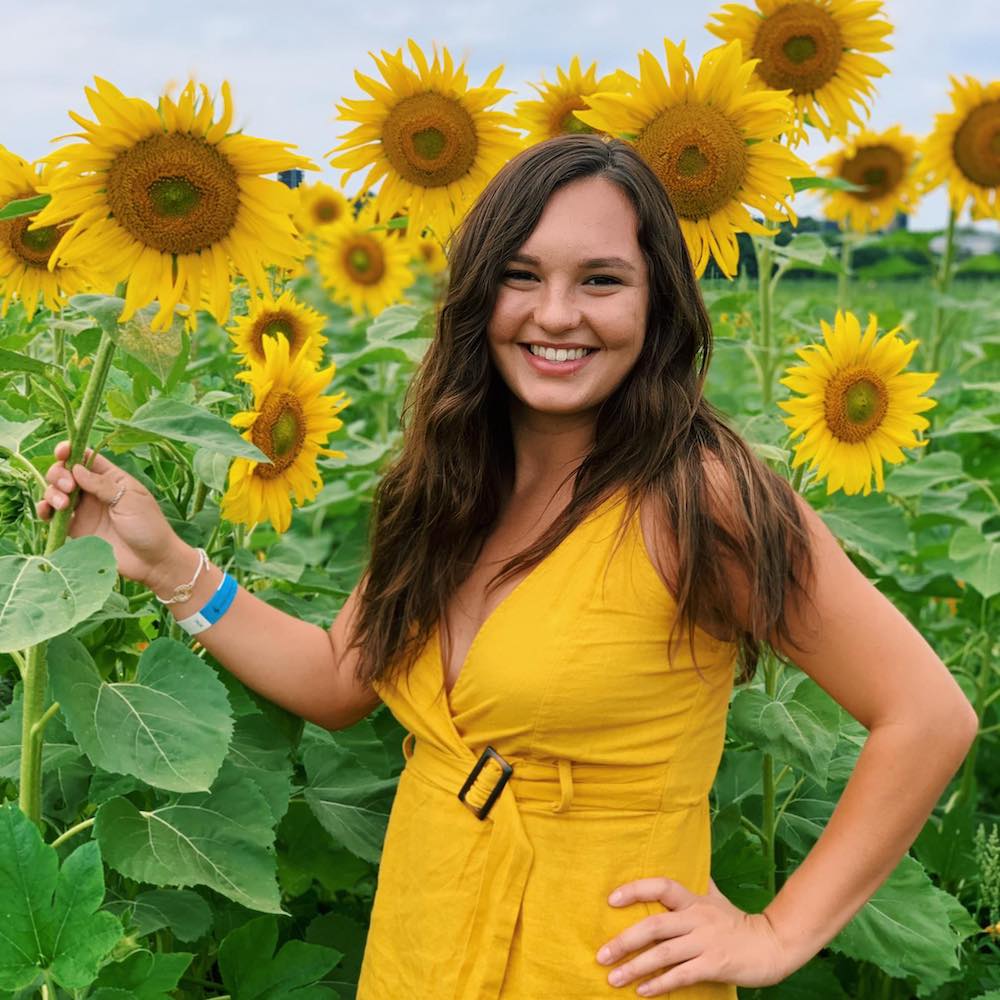- Details
- By Kaili Berg
Last week, Monte Fronk joined Native News Online publisher Levi Rickert on an episode of Native Bidaske to talk about his compelling and, at times, tearful testimony at last month’s Not Invisible Act Commission Hearing in Minneapolis.
The hearing brought Native family members and survivors impacted by on going Missing and Murdered Indigenous People (MMIP) crisis to testify before the 37-member commission. At the hearing, Fronk testified that May 26, 2021, was the worst day of his life. It was the day that he was informed his daughter, Nada, 24, had been murdered.
Fronk is a tribal citizen of the Red Lake Nation and a 35-year Tribal public safety responder. He has spent his entire career working for the Mille Lacs Band of Ojibwe, one of the 11 federally recognized tribes in Minnesota.
Fronk recounted his testimony and his unique journey with the MMIW epidemic.
“Those of us who have walked this moccasin path of Missing and Murdered Indigenous Relatives is not always easy to tell what happened and what we lived through with these events,” Fronk told Rickert.
Native American and Alaska Native communities experience high rates of assault, abduction, and murder of women. Overall, more than 1.5 million American Indian and Alaska Native women — or 39.8 percent — have experienced some form of violence in their lifetime, according to a study from the Bureau of Indian Affairs.
Fronk also talked about his daughter being a victim of human trafficking and what it was like dealing with social services at times.
“As my daughter ran, she got into a situation where a social service agency did not want to provide the time and proper case management and basically told a law enforcement agency to let her go because it was Friday,” said Fronk.
“The only thing this non-native social worker saw in my daughter’s case was a native family, and that said everything. It didn’t matter that I was in Tribal Public safety or that I have multiple certifications and a Master’s degree, the only thing this person saw was an indigenous family that wasn’t worth their time.”
Fronk also talked about the role of Indigenous men within the MMIW movement.
“My daughter’s hope was to have been an advocate for Native women who have been human trafficked,” Frank said during the interview. “I was asked by those advocates to take my daughter’s fierce passion and continue to help because we hear those voices of our strong Native women but we do not hear from the fathers. That is a unique role that I would not have thought of until this happened.”
Watch the full episode on our YouTube channel, or view the embedded video below.
More Stories Like This
Native News Weekly (August 25, 2024): D.C. BriefsUS Presidents in Their Own Words Concerning American Indians
South Dakota Hotel Owner Found Liable for Discriminating Against Native Americans
Monday Morning (December 22, 2025): Articles You May Have Missed This Past Weekend
Read What Our Year-End Campaign Donors Are Saying
Help us defend tribal sovereignty.
At Native News Online, our mission is rooted in telling the stories that strengthen sovereignty and uplift Indigenous voices — not just at year’s end, but every single day.
Because of your generosity last year, we were able to keep our reporters on the ground in tribal communities, at national gatherings and in the halls of Congress — covering the issues that matter most to Indian Country: sovereignty, culture, education, health and economic opportunity.
That support sustained us through a tough year in 2025. Now, as we look to the year ahead, we need your help right now to ensure warrior journalism remains strong — reporting that defends tribal sovereignty, amplifies Native truth, and holds power accountable.
 The stakes couldn't be higher. Your support keeps Native voices heard, Native stories told and Native sovereignty defended.
The stakes couldn't be higher. Your support keeps Native voices heard, Native stories told and Native sovereignty defended.
Stand with Warrior Journalism today.
Levi Rickert (Potawatomi), Editor & Publisher


